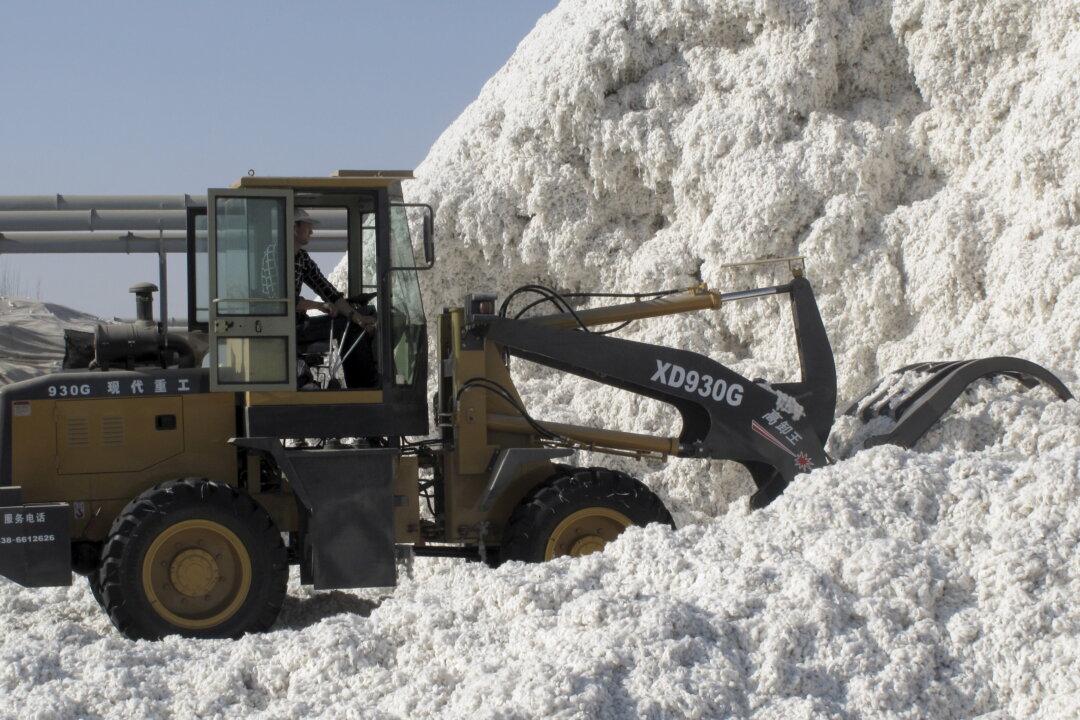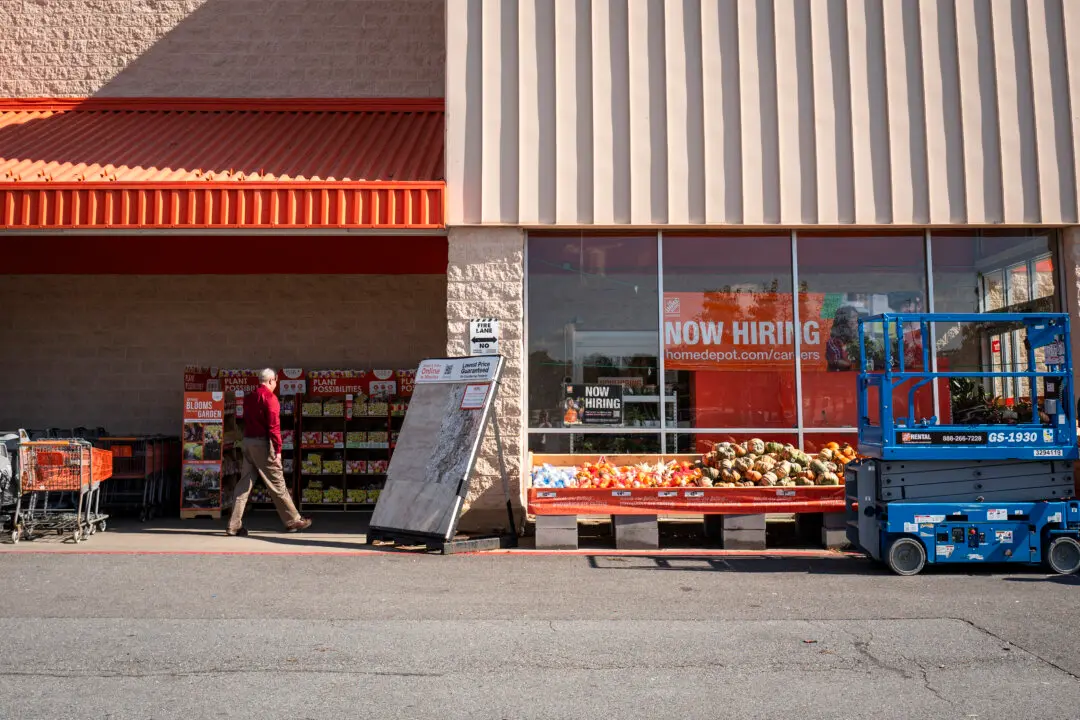Cotton prices are soaring at their highest levels in a decade, joining the rally in the broader commodities and raw materials market.
Cotton futures advanced as much as 7.68 percent to fresh 10-year highs of $1.10 on the U.S. ICE Futures exchange on Oct. 6; this is the best price since September 2011. Although cotton eased by 1 percent in early trading on Oct. 7, prices have surged about 40 percent year to date.





